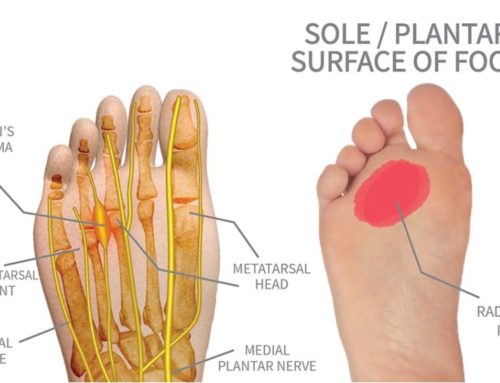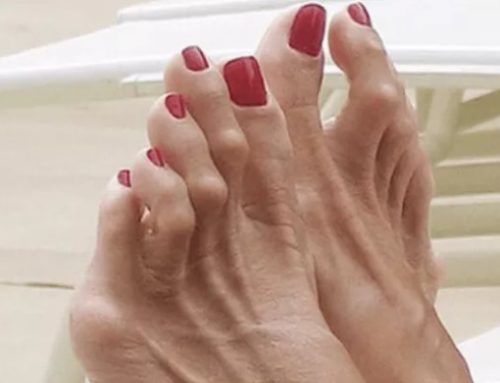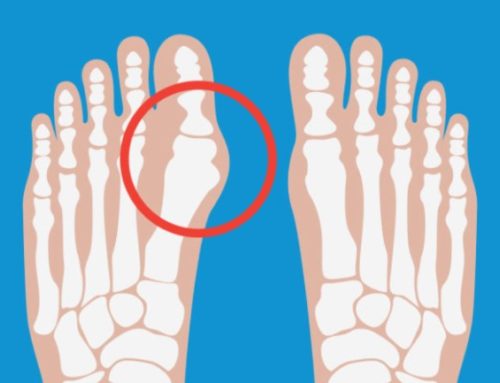Like I discussed in the previous blog, there are 4 major areas that can be preventing ulcerations from healing. The first two are blood flow and offloading the wound. The next one will be discussed below:
- Bacterial Count: It is important to remember that bacteria is all over your body. It is also important to realize that there is both good and bad bacteria. Normal skin has bacteria on it which does not cause any harm to the body as does the GI tract. Ulcerations can either be infected or colonized. Infection is best defined as a multiplication of bacteria, viruses, or fungi that causes symptoms. Symptoms of infection include redness, warmth, swelling, increased drainage and pus to name a few. Colonization is a step below infection where there is multiplication of the bacteria, virus or fungus but minimal symptoms. When treating a foot ulceration that does not appear to be healing, your podiatrist may take a culture swab of the wound to be sure there is no resistant organisms. Organisms such as methicillin resistant Staph aureus (MRSA) and vanocymin resistant enterococcus (VRE) are becoming more and more prevalent in the world. (no longer just in hospitalized patients) Sometimes wounds can be colonized with these organisms and culture based treatment with either topical or oral antimicrobial agent can lead to quicker healing.
Call Quality Foot Care today at 215-230-9707 to visit with Doylestown’s community podiatrists. We will be happy to discuss the above in detail and help you stay on your feet.
Stay tuned to learn about the last major factor that can slow ulceration healing in my next post!




Leave A Comment